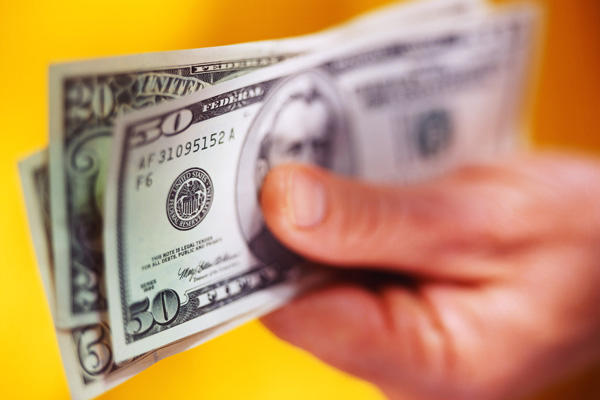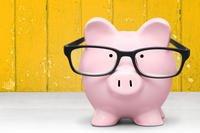Are you living from paycheck to paycheck? If so, you are not alone. But the sooner you break free from this cycle, the sooner you can start on a path toward financial security. It takes some hard work, but this is an achievable goal for most people.
Let's take a look at how to break the cycle of living paycheck to paycheck and start working on a secure financial future and a robust savings account.
1. Change Your Thought Process
The first and most important step is to change the way you think about money. Take a long look at your relationship with money. Do you spend money as soon as you receive it? Do you shop around for deals or buy the first item you come across? Do you shop out of necessity or because you are bored?
There is no right or wrong answer to these questions — the goal is to learn more about yourself and your thoughts toward money. This will help you become a conscious spender instead of letting your money slip through your fingers each month. The goal is to become proactive about saving money and eliminating debt, both of which are essential to getting away from living paycheck to paycheck.
2. Gather Your Financial Statements
A good exercise is to create a personal cash flow statement. Set aside one evening to look at your total financial picture. Gather all your bills and list your sources of income so you can see how much cash you have coming in and the minimums you owe each month.
This will give you a clear financial picture and let you know your monthly surplus or shortfall. This will be important in helping you get to the point where you have extra money in the bank each month.
3. Develop a Plan
You now have a better idea of your income and expenses, and whom you owe money. This knowledge is the first step toward financial freedom. The next step is developing a plan to attack these debts and other expenses. This begins with creating a budget and putting it to use.
You will also want to create a list of financial priorities, which will help you decide what to do with extra money in your budget. If you are starting out living paycheck to paycheck, then your priorities list should include reducing your debt and other expenses so you can increase your cash flow and ultimately your savings.
4. Create a Budget
Your budget is the lifeline of your personal finances. It doesn't matter whether you choose to create your budget with an advanced budgeting software program or with a paper and pencil. What matters is that you use a system that works for you.
At the end of the day, your budget should list all the income you have coming in, your fixed expenses, your variable expenses and the date your bills are due.
5. Put Your Budget Into Action
Every dollar in your budget should have a job. That means each time you receive your paycheck, you should know where and how your money will be used. It could be for fixed expenses (housing, bills, insurance, etc.), variable expenses (groceries, utilities, etc.) or other items, such as savings or investments.
If there is extra money in your budget, then automatically send it toward the top item in the financial priorities list you created when you developed your plan. This way you always have your money working toward the most important financial goal. This takes the guesswork out of budgeting and makes it easier to know how to handle your money.
Eventually, you will reach your financial goals of eliminating your debt and increasing your savings, and somewhere along the way you will notice that your cash flow has increased and what seemed like a struggle from paycheck to paycheck slowly disappeared. It all starts with getting ahead that first month, then slowly increasing your savings from there.
This article was contributed by Ryan Guina of GOBankingRates.com, a leading personal finance website that specializes in connecting consumers with the best interest rates nationwide.





